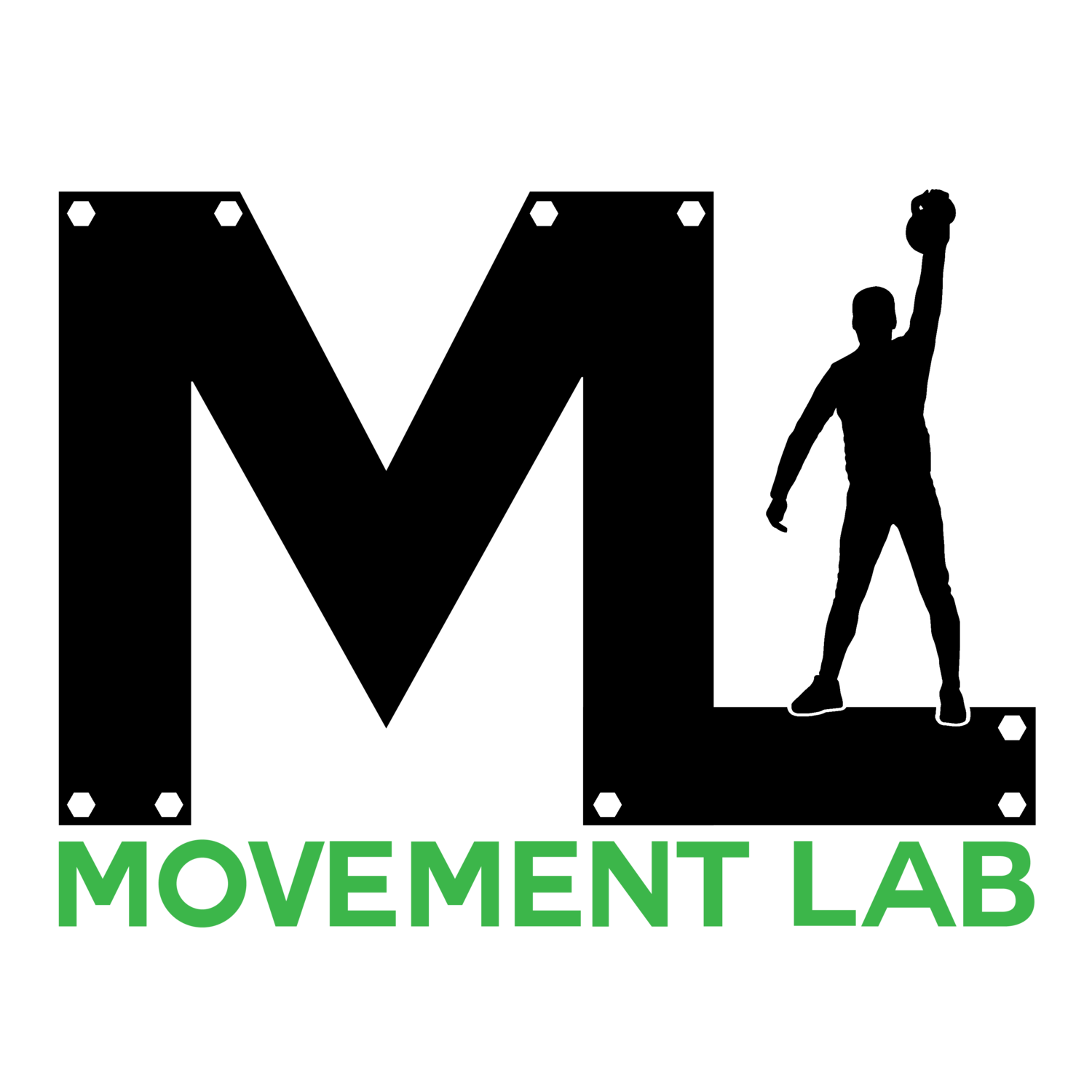Golfers: Cure Your Early Extension
Do you feel “stuck” or “trapped” on your downswing? If this is a familiar feeling, you may be guilty of early extension.
Early extension occurs when the lower body thrusts forward during the downswing. This faulty movement pattern causes the arms to get stuck behind the body, forcing the upper body to rise through impact. This loss of spinal posture stems from physical limitations in the musculature and joints of the lower body. Lots of golfers struggle with correcting early extension because they are not aware of where the problem begins. It is important to determine the root cause of the problem versus trying to directly fix the problem itself. In this case, think of early extension as a symptom of possible underlying problems occurring at a musculoskeletal level. Immobility at the hips and thoracic spine can reduce the ability to rotate the pelvis around the lead hip during the downswing resulting in lateral and forward movement patterns. This restriction of upper body and lower body separation is caused by weakness in the core muscles. Without the activation and mobilization of these muscles and joints, the lower body cannot maintain stability, causing the lower body to thrust towards the ball during the downswing.
If we are only trying to fix the symptom (early extension), the root cause of the problem still exists. However, by improving these physical limitations seen within early extension, there is a better chance of eliminating early extension without actually tackling the swing characteristic itself.
Here are a few exercises you can incorporate into your routine that will help you cure early extension:
Book Opener:
This exercise addresses mobility around the thoracic spine.
Bird Dog:
This is an exercise that improves stability, encourages a neutral spine, and emphasizes proper core engagement.
Hip Airplanes:
This drill challenges stabilization and control through internal and external rotation of the hips.






